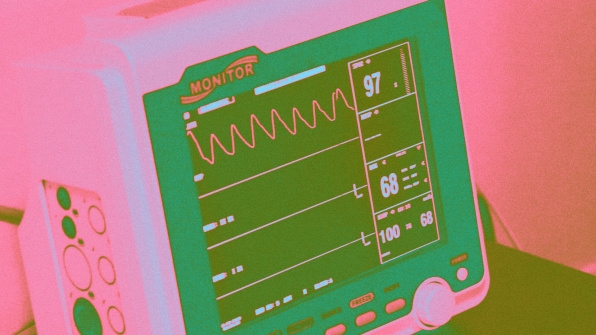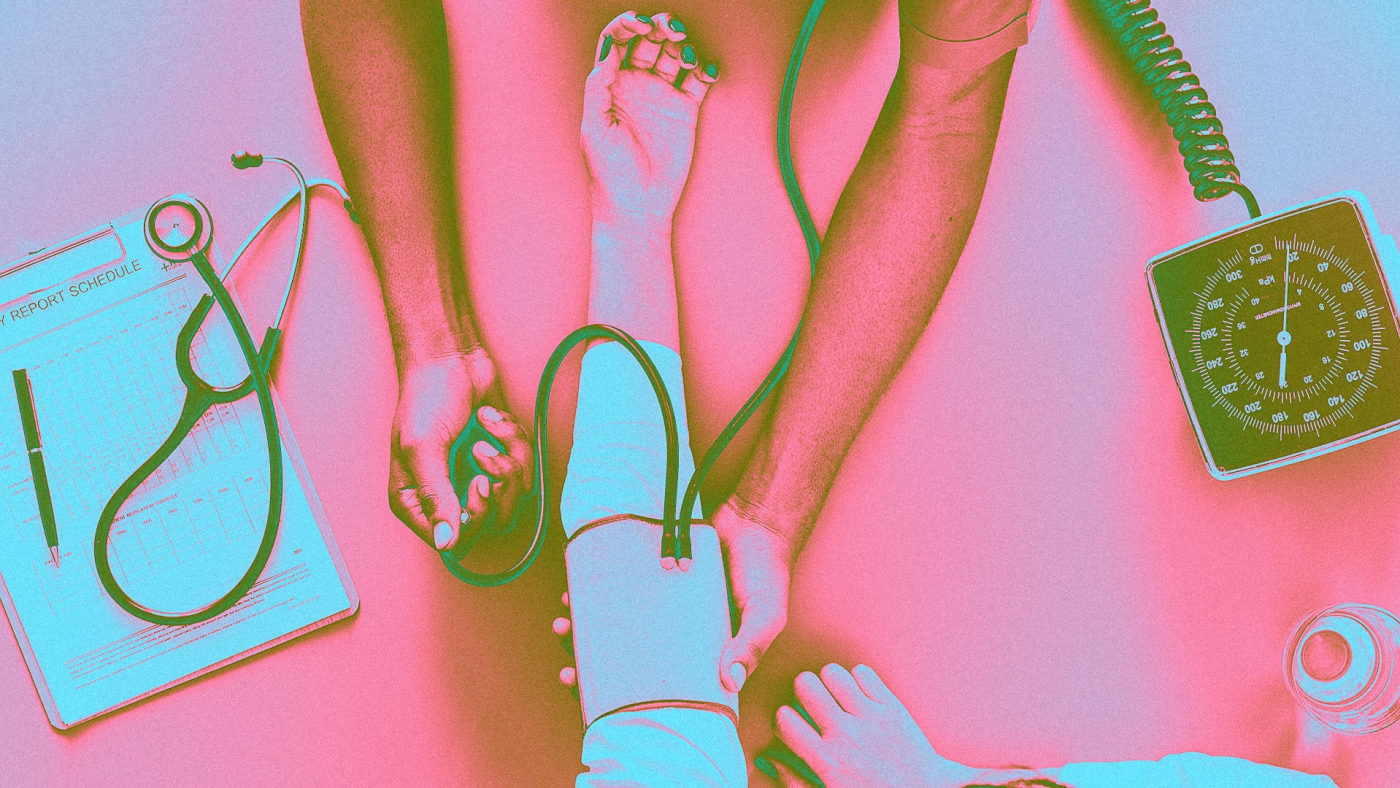This co-op lets patients monetize their own health data
Diagnosed with juvenile arthritis as a kid, Jen Horonjeff knew she wanted to enter the medical field to help others navigate the healthcare system in America. She went on to get her Ph.D. in environmental medicine, hoping to better understand the social and contextual factors that surround the strict biology of a disease. Throughout her studies, though, something began to irk her. In both the practice of and research around medicine, she found that the perspective of the patient was all but nonexistent.
“What I was finding in healthcare was that there were people who genuinely wanted to help patients and include the patient experience in their work, whether it be research or pharma, but they were never talking to patients,” Horonjeff says. Take a dive into the medical industry these days and you’ll likely see buzzwords like “patient-centered” or “patient engagement” thrown around. Horonjeff recalls many instances of being asked to speak on panels as someone representative of the arthritis patient community. But it didn’t take her long to realize that asking the same person over and over again is not a stand-in for true engagement with and understanding of the entire patient experience.
So in 2016, Horonjeff, along with her co-founder Ronnie Sharpe, who grew up with cystic fibrosis and founded a social network for others with the diseases, started Savvy, a platform to bridge the gap between patients and practitioners. The platform officially launched in the fall of 2017, and recently became a public benefit corporation.

Savvy, which Horonjeff and Sharpe have jokingly termed “the Match.com for patient insights” operates around a simple premise. Medical practitioners looking for insights about or from a specific community of patients come to Savvy with their request. The Savvy team then reaches out to its network to find patients who can inform the practitioners need. They can do this through a variety of formats–answering patient surveys, performing user testing, participating in focus groups, or sitting down for one-on-one interviews.
“Traditionally, the way the industry works is that if a researcher wants to know what a breast cancer patient needs, they don’t look to the patient–they ask doctors,” Horonjeff says. But both her and Sharpe are acutely aware that not only are patients vastly more attuned to their individual needs–they’ve often already self-organized via online support groups, discussion boards, or other forums. Savvy mobilizes pre-existing networks to improve practitioner-patient interactions.
But Savvy also tackles another imbalance in the patient-practitioner relationship. Whenever a patient is seen by a doctor, or enters their information into a medical app or platform, they’re providing the health community an invaluable resource: their data. But they’re not getting compensated for it. To ensure that patients participating in Savvy get something in return, Horonjeff and Sharpe set their platform up as a cooperative, owned collectively by the patients that contribute to it. Any patient who wants to become a Savvy member pays a buy-in fee of $34, which establishes them as a member of the co-op (the fee is waived for patients who cannot afford it, and some other members give more than the base membership fee to subsidize others). “When people become members, they have a voice in what we do, and they also share in our profits,” Horonjeff says.

Savvy charges a variable fee to practitioners looking to connect with its member-patients, and those fees are collected and distributed to members based on how many projects they’ve participated in. For instance, someone who’s done five surveys, sat for three interviews, and participated in a handful of focus groups will get a larger profit share than someone who’s user-tested one product.
“Connecting patients with the medical industry is a lucrative market,” Horonjeff says. “We didn’t want to make something that would just be a small group of people benefitting off a bunch of patients doing the work, because that’s the way the power dynamic in healthcare has always been.”
Savvy has proven particularly useful to the rapidly growing field of tech startups. “People that work in this field are technologists by training–they’ve often never worked in the health space or with patients,” Horonjeff says. As such, they’re likely to make mistakes in how they communicate with their intended users. One company that was developing an app for people with diabetes, for instance, referred to the patients as “diabetics,” which, Horonjeff says, is not at all the preferred language of the community. Savvy connected a group of patients to the company, which, after a series of surveys and interviews, updated their language to read “people with diabetes” instead. And new companies like OneRecord, which aggregates patient medical records on a single platform, undertook beta testing with Savvy patient-members to ensure that their platform was user-friendly and accessible to a wide range of patients. “It’s so important for companies and practitioners to get user testing and lived-experience input early and often so they don’t go down the wrong path,” Horonjeff says.
But ultimately, Horonjeff says Savvy is about shifting some power back to the patients in the medical system. “We never even thank people who participate in clinical trials or share their data by going to a hospital or seeing a doctor, let alone compensate them for it,” she says. “The healthcare system doesn’t exist without patients, and this is our way of valuing them because we wouldn’t be learning or advancing research and finding cures without them.”
(23)



